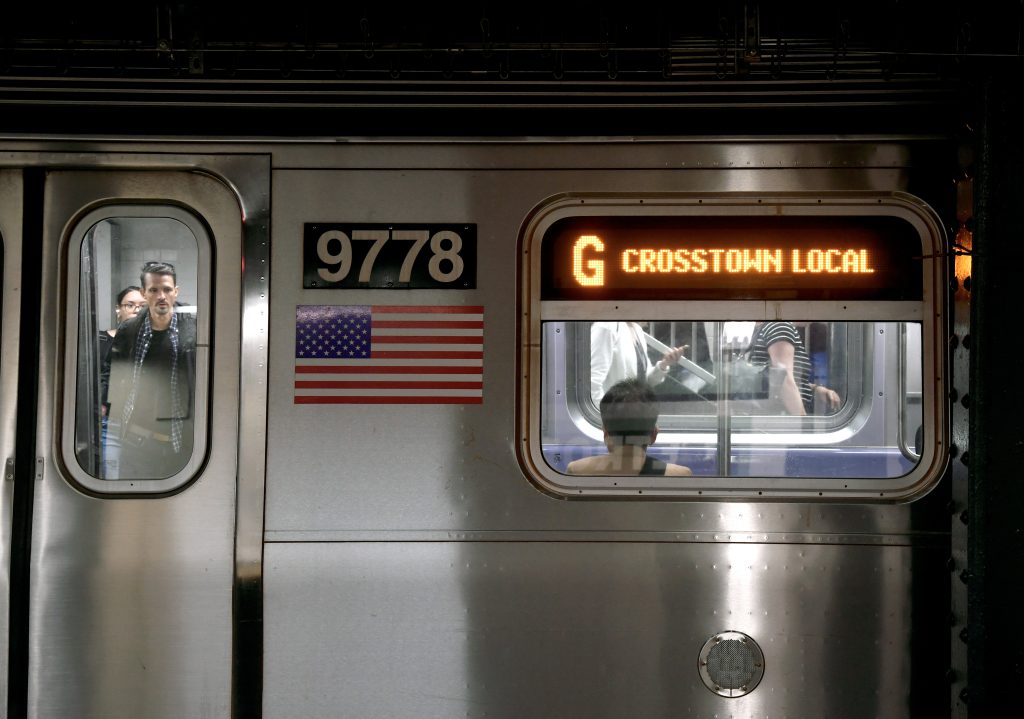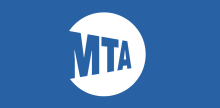
Courtesy of Marc A. Hermann / MTA.
The MTA held a media roundtable at the Jamaica Central Control Building, where officials discussed pressing transit issues, including financial strategies, safety measures, and infrastructure improvements.
MOHAMED FARGHALY
mfarghaly@queensledger.com
The Metropolitan Transportation Authority (MTA) convened a significant media roundtable on September 12, at the Jamaica Central Control Building. MTA Chair and CEO Janno Lieber, New York City Transit Interim President Demetrius Crichlow, Long Island Rail Road President Rob Free and Senior Advisor for Communications and Policy Shanifah Rieara addressed an array of pressing issues impacting the city’s transit system. The event provided an extensive overview of ongoing and future projects, followed by a Q&A session.
The roundtable began with a presentation focusing on the MTA’s fiscal strategies amidst a backdrop of financial constraints and evolving policy discussions. Lieber emphasized the MTA’s commitment to financial prudence.
“The MTA’s job is to spend as little money as possible,” Lieber said. “We have to put together the proposal, it’s going to come out in the next couple of weeks, and the board, the MTA board, has to actually vote on it this month. It’s actually happening right now. But after that, then it goes to Albany, and they decide.”
He outlined the multi-layered process involved in securing funding, which includes approval from the MTA Board before progressing to the state legislature in Albany. This process is critical in shaping budgetary allocations and ensuring the effective use of taxpayer dollars.
Lieber addressed the current state of policy considerations, notably the potential exclusion of congestion pricing from upcoming budgets.
“We would prefer that it not come from increases in fares or other impacts to the customer,” Liber said. “What we’ve done is we’ve gone back to what we used to do in the old days, for 12 years, where we just had a two percent or three percent increase a year just to keep up with inflation. But we hope that we won’t have to resort to other major taxes and fees.”
He stressed that the MTA is striving to avoid implementing new major taxes and fees, which could burden riders and impact overall transit affordability. This stance reflects a broader effort to manage financial pressures while minimizing the impact on everyday commuters.
Safety and security were prominent topics during the roundtable, with particular focus on antisemitic hate crimes and general transit safety.
“I would never counsel anybody to hide their identities,” Lieber said. “People have a right to be who they are, whether they’re Sikh and they’re wearing a turban or they’re observant Muslims who are wearing a hijab, or they’re observant Jews who are wearing their traditional attire.”
Lieber affirmed the issue, addressing the importance of protecting all passengers and staff. The MTA is actively working to counter these threats, with Lieber emphasizing that hate symbols and graffiti are addressed with urgency.
Any hate symbols are removed from the system as soon as possible and affected trains are taken out of service until they are thoroughly cleaned, reflecting the MTA’s commitment to maintaining a safe and respectful environment for all riders.
Crichlow expanded on the MTA’s security measures, including the extensive installation of surveillance cameras across the subway system.
“Sixty percent of our cars now have cameras inside,” Crichlow said. “Our partnership with NYPD is really strong, in instances where there is a strong case that needs to be handled, we have a very good relationship with them. They always call and ask for the cameras so they can do the investigation and get closer try to stop it from happening.”
This initiative is part of a broader strategy to enhance safety and deter vandalism, complementing efforts to improve overall transit security. The integration of new screens on subways to display anti-hate messages is another step towards fostering a safer environment and combating discriminatory behavior.
The roundtable also covered the MTA’s capital program, which includes significant upgrades to the aging rolling stock. Lieber discussed the importance of maintaining a regular replacement cycle for trains.
“We are committed to using this capital program to dramatically increase investment in rail cars, so that we put ourselves on a path to having a 40 regular replacement cycle, so that cars do not go beyond their useful life,” Lieber said.
The team provided an update on the Inner Borough Express, a major project aimed at enhancing transit connectivity within Queens. He reported that the MTA has completed an important round of planning outreach, including over 50 events.
Another major topic of discussion was the transition to the OMNY fare payment system. The MTA employees highlighted the system’s potential to reduce fare evasion and improve operational efficiency.
The new payment technology is expected to help streamline fare collection and reduce instances of fare evasion on buses. They emphasized the importance of integrating students into the new system.
“It’s a good sign that that people are so excited about OMNY, because you didn’t hear anybody getting excited about bus passes in the past,” Lieber said. “So now we have it at 24/7, 365, four rides a day. Used to be three, and people are excited because it helps kids really use the city and get around. Now, part of the reason we’re doing this is we want to get the students in the habit of tapping and swiping and being MTA customers, not get in the habit of fair evading.”
The team then provided insights into the Queens bus network redesign, a large-scale initiative that aims to revamp the bus system serving over 800,000 residents. The redesign process has involved extensive outreach, with many events held to engage the community and gather feedback. The initiative is poised to bring significant improvements to bus service in Queens, addressing long-standing issues and better meeting the needs of local residents.
The issue of subway surfing, a dangerous activity where individuals ride on top of moving trains, was also addressed. Rieara addressee this topic stating that the MTA started a campaign a year ago to warn students about the dangers of subway surfing using digital messages and voice recordings. While the campaign has been effective, they plan to update it with a new version to further strengthen the safety message. They stressed that ongoing outreach and working with social media companies are crucial because if the message doesn’t reach a wide audience, it won’t be as impactful.
The roundtable offered a detailed look at the MTA’s current priorities and ongoing efforts to enhance the transit system. The discussion highlighted key insights into the challenges and opportunities facing the MTA, demonstrating a strong commitment to improving safety, modernizing infrastructure, and addressing community needs.

Courtesy MTA
Key topics included the MTA’s efforts to manage funding without major fare increases, enhance security with increased surveillance, and implement new technologies like OMNY and the Queens bus network redesign.


